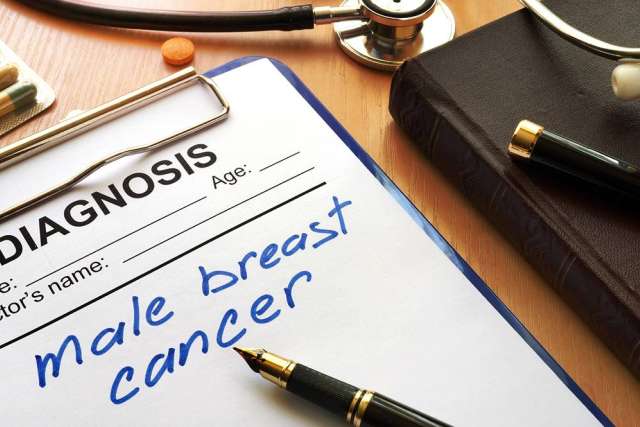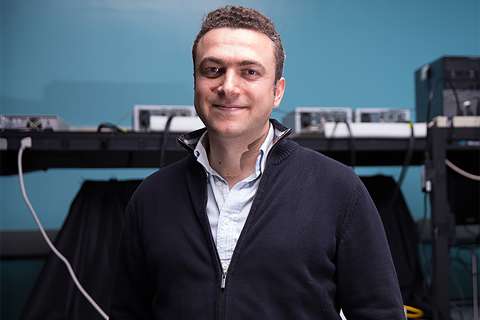Both males and females have breast tissue at birth. While men don’t develop the ability to produce milk, the breast cells can still develop into cancer. Fortunately, breast cancer in men is very rare. Doctors diagnose just one in 1,000 men with the condition.
What is breast cancer in men?
Men are typically over the age of 50 at diagnosis. Most become concerned when they notice a hard lump underneath the nipple. Since men are less aware of the potential to develop cancer, they often put off a visit to their provider. There are three types of male breast cancers:
Infiltrating ductal carcinoma (IDC)
Also known as invasive ductal carcinoma, IDC is the most common type of cancer in male breast tissue. IDC occurs when cells that started to form in the milk ducts spread to other breast tissue. The cells can then spread to other parts of the body as well.
Inflammatory breast cancer
This fast-growing cancer occurs when cancer cells grow into the breast skin and lymph vessels. Distinct tumors do not form with this type of male breast cancer.
Paget’s disease of the nipple
Also known as mammary Paget disease, this rare form of cancer affects the nipple and dark skin surrounding it (areola). If caught early, it is highly treatable.
What are risk factors and symptoms for male breast cancer?
Researchers identify these three risk factors for the development of breast cancer in men:
- Exposure to radiation
- High levels of the estrogen hormone
- Family history of breast cancer related to the BRCA2 gene
Men will have similar symptoms to women, such as:
- Change in nipple or areola appearance, including larger pores or color change
- Lump or bump in the breast
- Skin changes including dimpling, swelling or redness
- Inverted nipple or nipple discharge
Prevention and screening for male breast cancer
Because breast cancer in men is so rare, doctors don’t usually recommend screening unless you have a BRCA2 or BRCA1 inherited gene mutation. Strong family history includes having a mother or sister with breast cancer, particularly if diagnosed at age 40 or younger. If you have family members with breast cancer, you should talk with your provider about genetic testing to determine if you have a genetic mutation.
For men with a BRCA2 or BRCA1 gene mutation, screening provides a chance of finding cancer early, when it is most treatable. Men should start screening at age 35. That includes a yearly clinical breast exam and regular self-breast exams.
Male breast cancer treatment
Treatments for breast cancer in men are the same as for women and include:
- Chemotherapy: Drugs to destroy cancer cells or slow their growth
- Radiation therapy: High-energy X-rays to kill cancer cells and spare surrounding cells
- Hormone therapy: Drugs to destroy cancer cells by eliminating the hormones that fuel them
- Targeted therapy: Medications that interfere with molecules involved in cancer cell growth
- Surgery: Removing cancer cells and surrounding cancer-free tissue to prevent regrowth
- Clinical trials: Approved research studies that investigate new treatments and their effectiveness
Learn more about breast cancer in men. If you are concerned about your risk for male breast cancer or have symptoms, reach out to your primary care provider.



